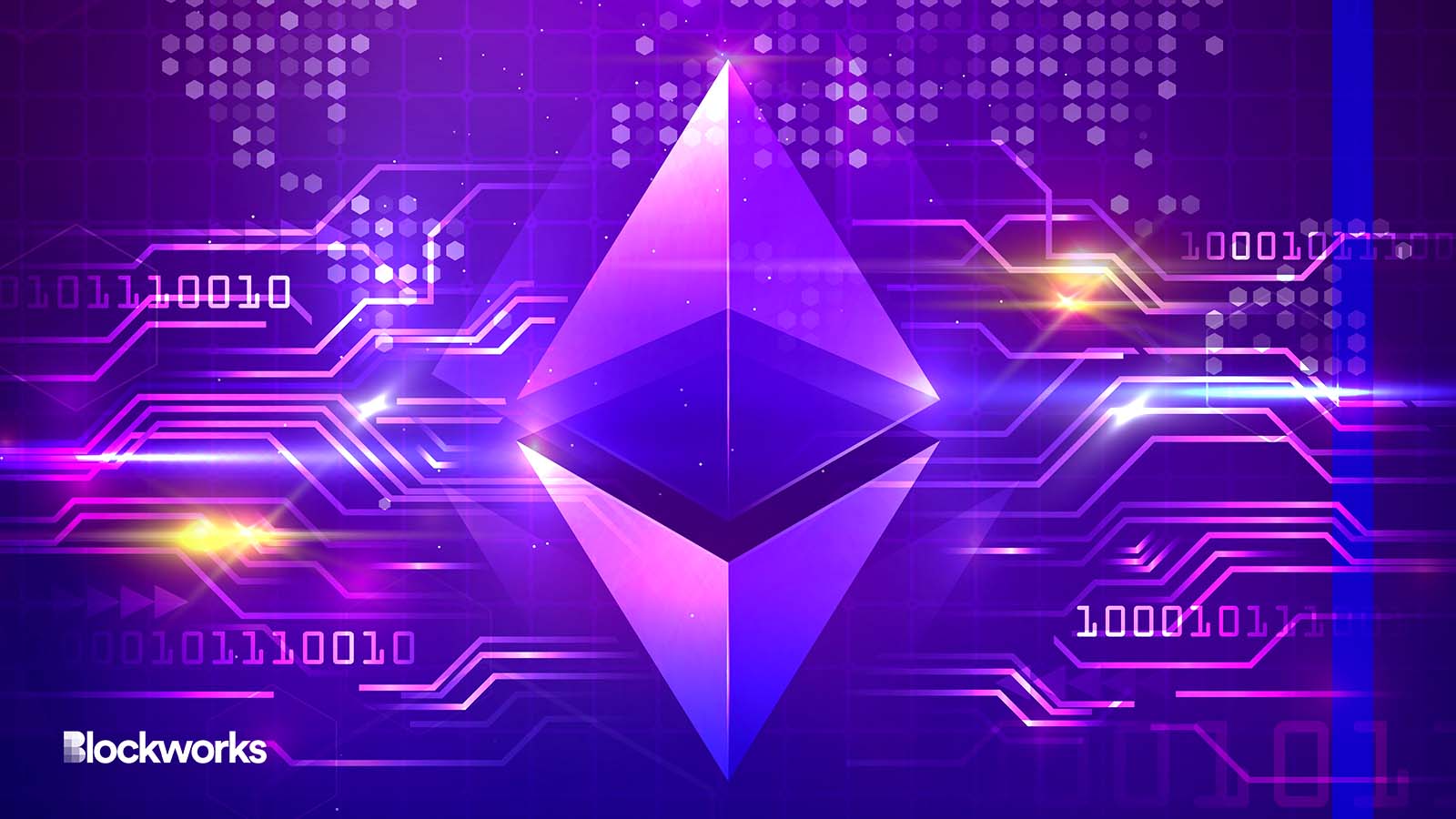Ethereum Devs Finally Set Date for ETH Withdrawals
Validators now have a set date and time for withdrawals

lefthanderman/Shutterstock.com modified by Blockworks
Following a successful Goerli testnet upgrade, Ethereum’s “Shapella” hard fork has now been scheduled to deploy on mainnet on Apr. 12.
The Shapella upgrade is the combination of the execution layer (Shanghai) with the consensus layer (Capella), which will allow validators to withdraw their locked-up ether from the network.
“It’s called “Shapella” as a portmanteau of “Shanghai” and “Capella,” Noam Hurwitz, engineering lead at Alchemy told Blockworks. The date was decided during today’s Ethereum core developers call.
In the existing proof of stake model, the Ethereum network is secured by decentralized validators who must post 32 ether — about $52,500 — to participate in block production on the network.
The first ETH stakers locked their tokens in the network’s Beacon contract in Nov. 2020. Ether was worth $450 at the time, now it’s trading for $1,660.
Activating withdrawals will enable two things, Hurwitz said. First, offline validators can reclaim their principal stake, and they can also claim earned fees.
“There’s also a less talked about change that reduces the gas cost applied to earning this fee,” Hurwitz said. “So in general, this is a much anticipated economic unlock for validators.”
A researcher at Arbitrum who goes by the pseudonym terencechain told Blockworks that there aren’t many roadblocks ahead of the Shapella hard fork on Ethereum’s mainnet.
“Goerli testnet went smoothly despite some operators forgetting to upgrade their nodes,” they said. “Client teams are gearing up for the main release for upgrading the mainnet to Shapella, not that we have an upgrade time. Expect releases in the next 2 weeks and minor last min bug fixes.”
Tooling is receiving last minute bug fixes, and user interface is receiving last minute touch ups to ensure optimal user experience.
“It’s important for them to be ready earlier so stakers can safely perform full withdrawal or partial withdrawal,” terencechain said.
Documentation is also being reviewed, he noted. Adding that “We want the documentation to be as solid as possible. That’s the gateway to stakers withdrawals.”
Get the news in your inbox. Explore Blockworks newsletters:
- The Breakdown: Decoding crypto and the markets. Daily.
- 0xResearch: Alpha in your inbox. Think like an analyst.






